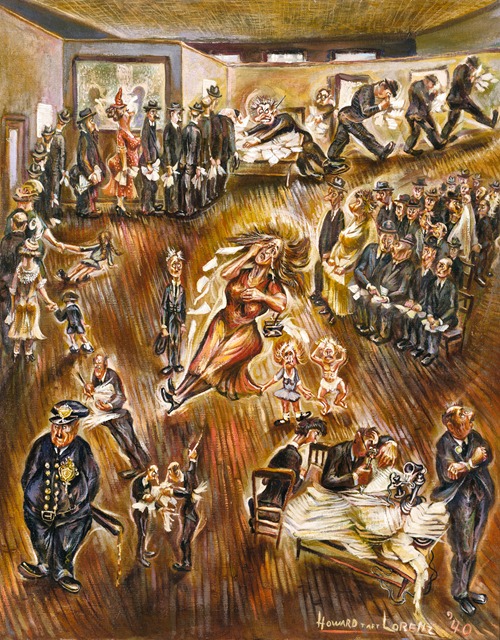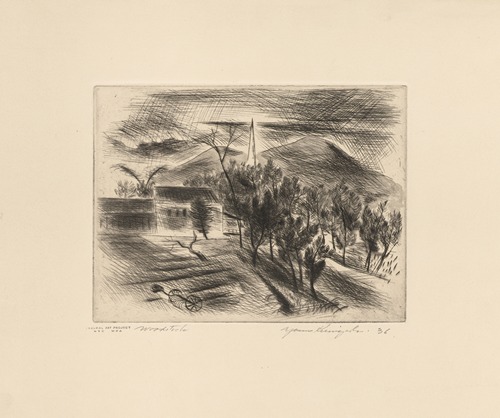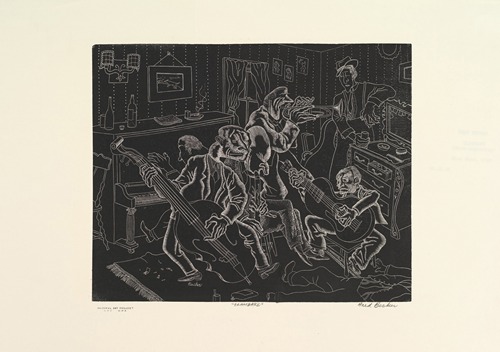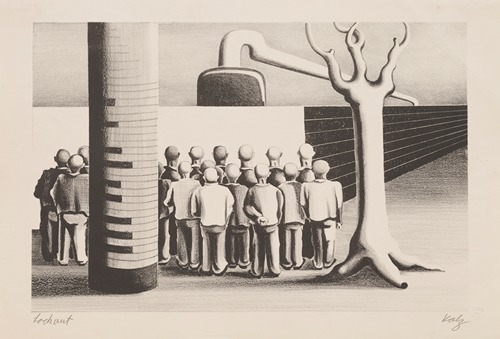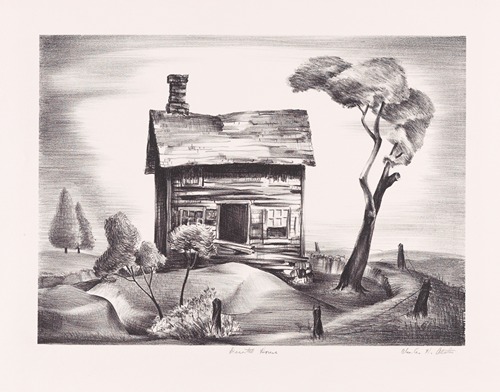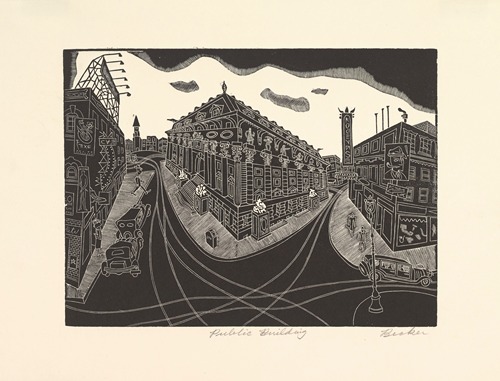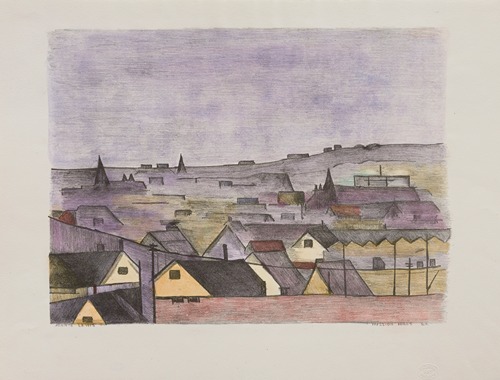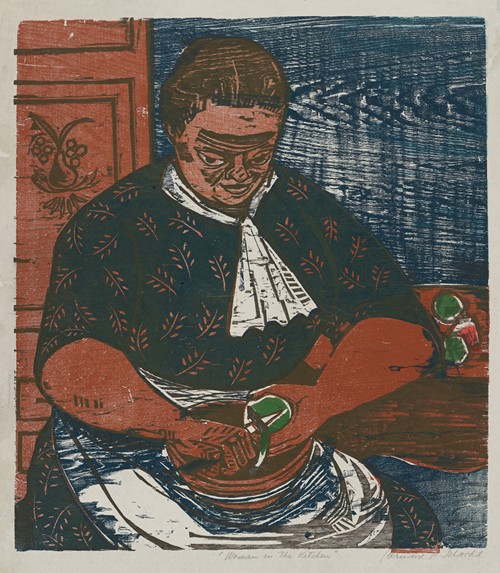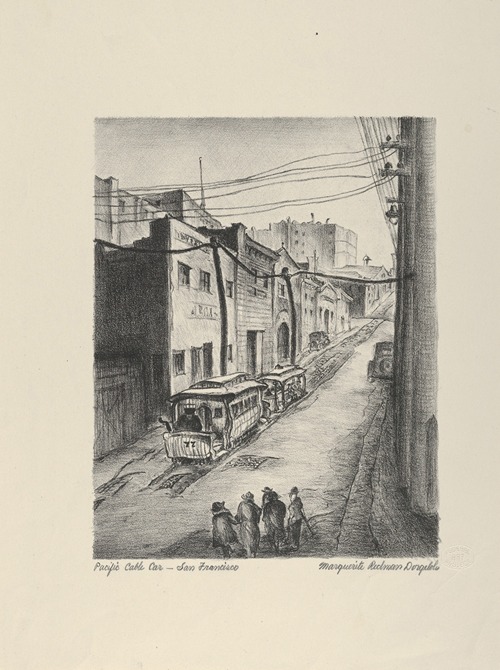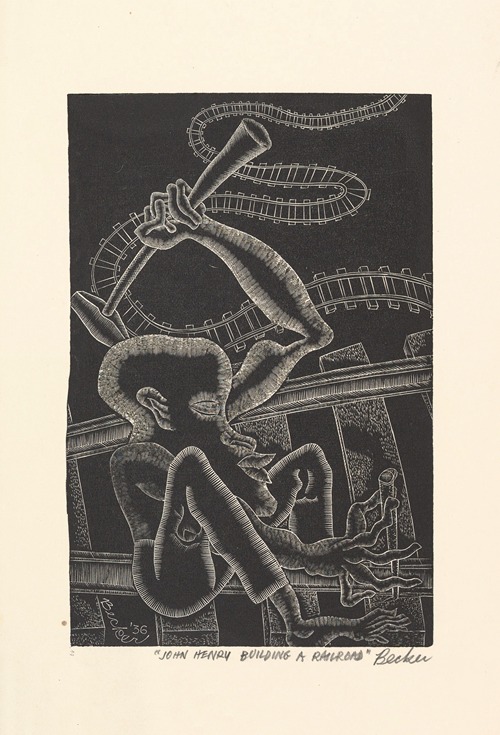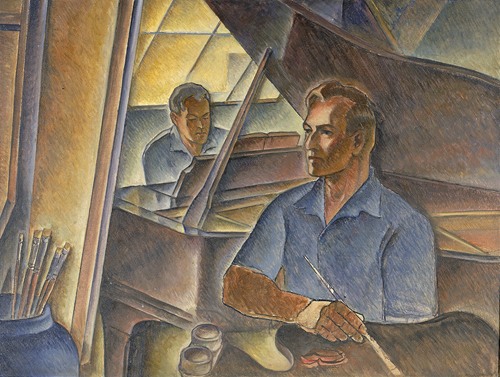

Zama Vanessa Helder was an American watercolor painter who gained national attention in the 1930s/40s, mainly for her paintings of scenes in Eastern Washington. She painted with a bold, Precisionist style not commonly associated with watercolor, rendering landscapes, industrial scenes, and houses with a Magic Realist touch that gave them a forlorn, isolated quality, somewhat in the manner of Charles Sheeler and Edward Hopper. She spent most of her career in the Pacific Northwest (later moving to California), but was popular in New York art galleries, was a member of the National Association of Women Painters and Sculptors, and, in 1943, was included in a major exhibit at the Museum of Modern Art.
She continued painting and exhibiting after moving to Los Angeles with her husband, architect Jack Paterson, but her career was slowed by the post-war rise of Abstract Expressionism, and later by the health problems of both her and her husband. They died a few days apart, in 1968.
For many years Helder's work was out of vogue and largely forgotten by the public, but the power of her art has gradually been rediscovered, particularly in the Pacific Northwest. The Tacoma Art Museum held an exhibition of her work in 2013, and the Northwest Museum of Arts and Culture in Spokane has her twenty-two piece series relating to the construction of the Grand Coulee Dam – generally considered her masterwork – in its permanent collection.

